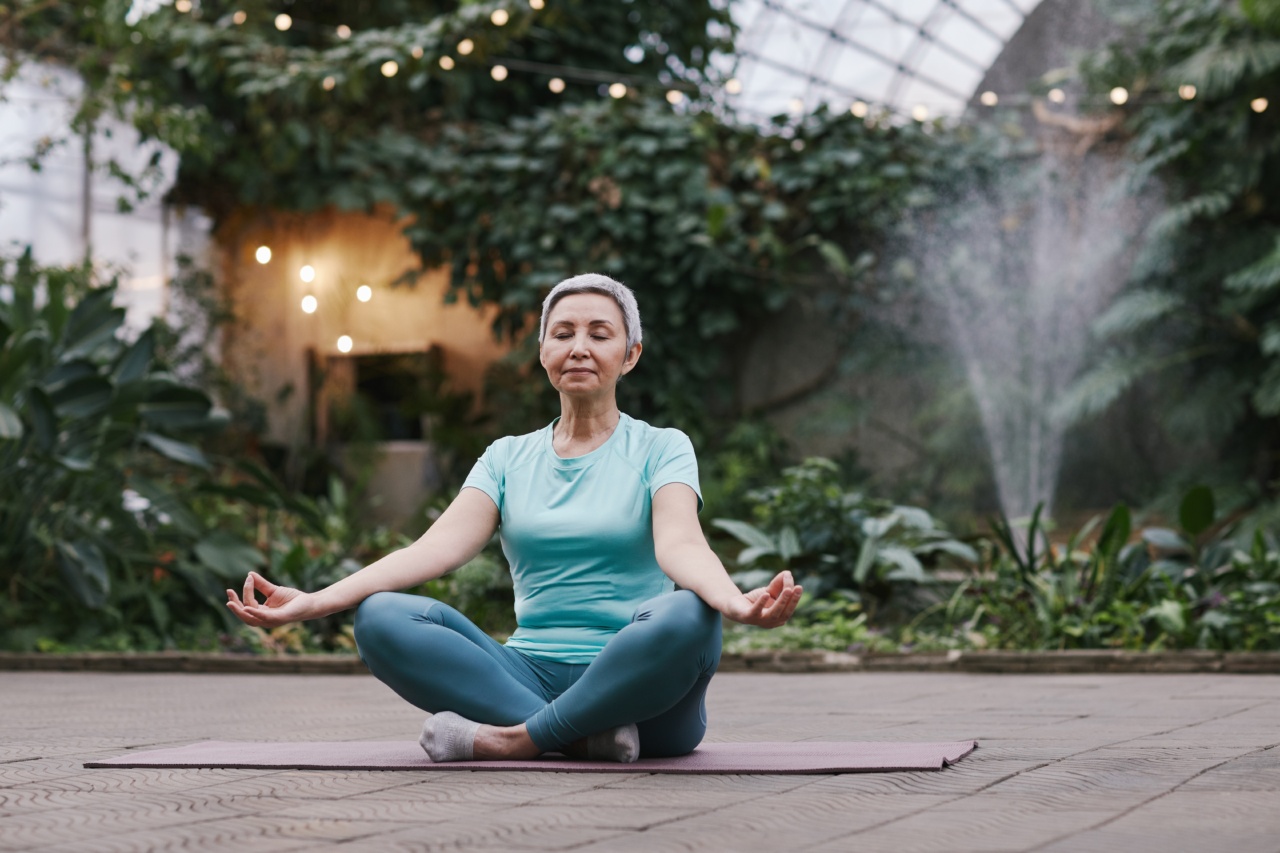Parkinson’s disease is a neurodegenerative disorder that affects the dopamine-producing neurons in the brain. It results in a range of motor symptoms, including tremors, rigidity, and bradykinesia.
However, Parkinson’s also impacts emotional wellbeing and can lead to depression, anxiety, and a decreased overall quality of life for patients.
While medication and therapy are commonly used to manage symptoms, recent research has shown that exercise can play a crucial role in improving the emotional wellbeing of Parkinson’s patients.
Regular physical activity not only helps with mobility and motor symptoms but also has profound effects on mental health. In this article, we will explore the various ways in which exercise can benefit Parkinson’s patients emotionally.
1. Reduction in Depression and Anxiety Symptoms
Exercise has been widely recognized as a natural antidepressant, releasing endorphins in the brain that elevate mood and promote a sense of well-being.
For Parkinson’s patients, engaging in regular exercise can help reduce feelings of depression and alleviate anxiety symptoms. It provides an outlet for stress and tension, increasing emotional resilience and coping mechanisms.
2. Increased Dopamine Levels
Parkinson’s disease is characterized by the loss of dopamine-producing neurons in the brain. Exercise has been shown to increase dopamine levels, providing Parkinson’s patients with a natural boost of this essential neurotransmitter.
Higher dopamine levels can improve mood, motivation, and overall emotional wellbeing.
3. Enhanced Brain Plasticity
Exercise promotes neuroplasticity, the brain’s ability to reorganize itself and form new connections.
In the case of Parkinson’s patients, physical activity can stimulate the growth of new dopamine receptors and strengthen existing neural pathways. This can result in improved emotional regulation, cognitive function, and an overall sense of positivity.
4. Distraction from Symptoms
Exercising offers Parkinson’s patients a temporary distraction from their motor symptoms.
Engaging in physical activities that require focus and coordination, such as dancing, yoga, or Tai Chi, can help shift their attention away from tremors or stiffness. This diversion can provide emotional relief and a sense of control over their bodies.
5. Social Interaction and Support
Participating in exercise programs designed specifically for Parkinson’s patients often provides an opportunity for social interaction and support.
Group activities or classes not only offer a sense of community but also a platform to share experiences, challenges, and successes. Connecting with others facing similar hardships can significantly improve emotional wellbeing.
6. Stress Reduction
Regular exercise has been proven to reduce stress levels by decreasing cortisol, the hormone responsible for stress responses. For Parkinson’s patients, stress can exacerbate motor symptoms and emotional distress.
Engaging in activities such as walking, swimming, or cycling can help regulate stress levels, leading to improved emotional wellbeing.
7. Improved Sleep Patterns
Many Parkinson’s patients experience disrupted sleep patterns, including insomnia or excessive daytime sleepiness. Exercise has been shown to regulate sleep by promoting a more restful and consistent sleep pattern.
Improved sleep can have a direct positive impact on emotional health and overall quality of life.
8. Empowered Sense of Control
Parkinson’s disease can make individuals feel a loss of control over their own bodies. Engaging in exercise routines can help patients regain a sense of control and mastery over their physical abilities.
Achieving fitness goals and witnessing personal progress can boost self-confidence, leading to improved emotional wellbeing.
9. Release of Endorphins
Exercise activates the release of endorphins, commonly known as “feel-good” hormones, in the brain. These endorphins act as natural painkillers and mood enhancers.
For Parkinson’s patients, regular exercise can provide relief from both physical discomfort caused by the disease and emotional distress.
10. Overall Quality of Life
By improving emotional wellbeing, exercise for Parkinson’s patients can significantly enhance overall quality of life.
The combination of reduced depression and anxiety symptoms, increased dopamine levels, enhanced brain plasticity, social support, stress reduction, improved sleep patterns, empowered sense of control, and release of endorphins offers a holistic approach to managing the emotional impact of Parkinson’s disease.






























